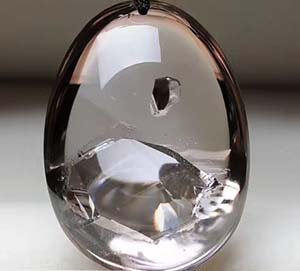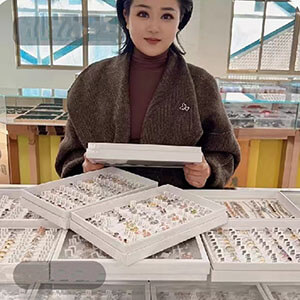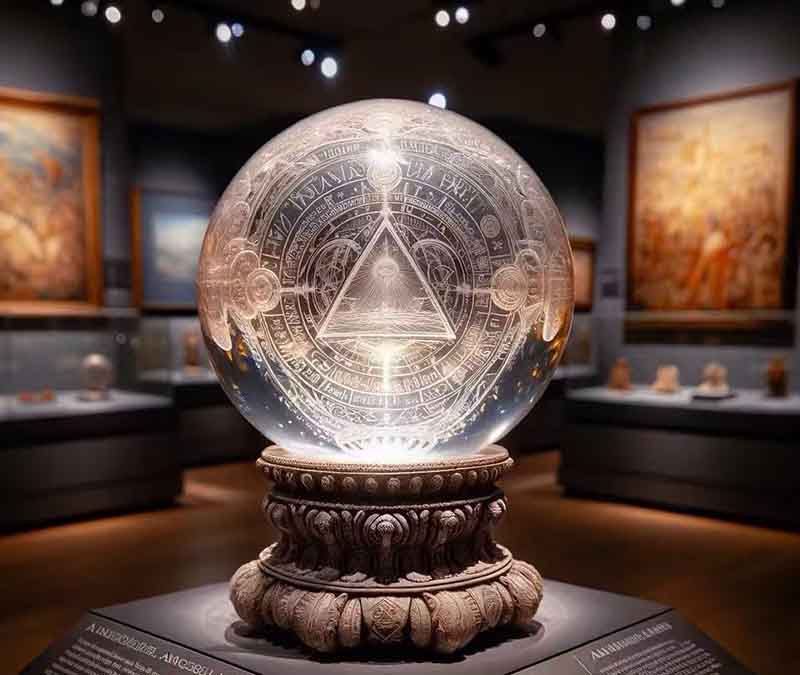Crystal, is a single crystal quartz in the jewelry world collectively. The appearance of a variety of affordable, widely loved.
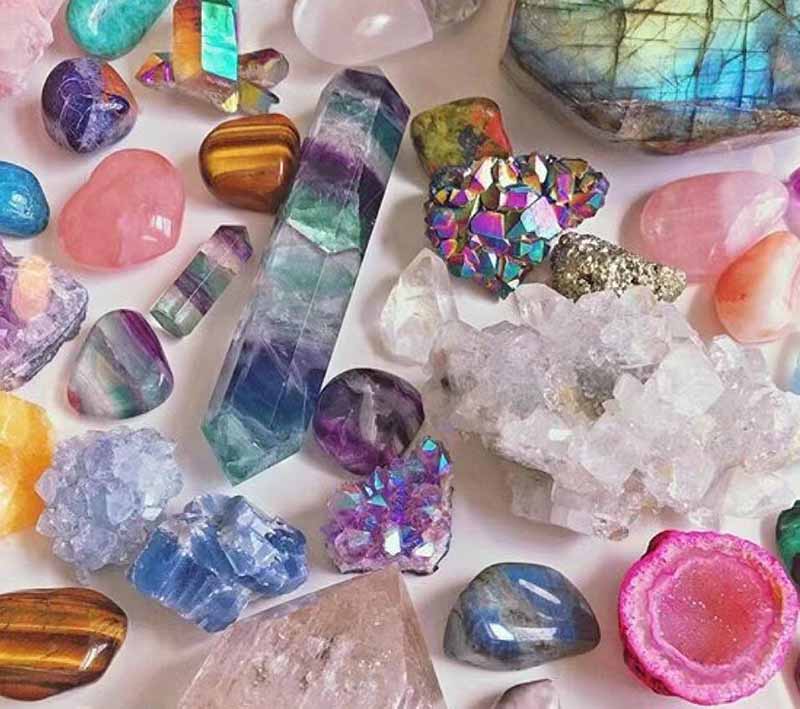
But you know what? Although they are called crystals, they are different varieties. The appearance, color, and pattern may be very different!
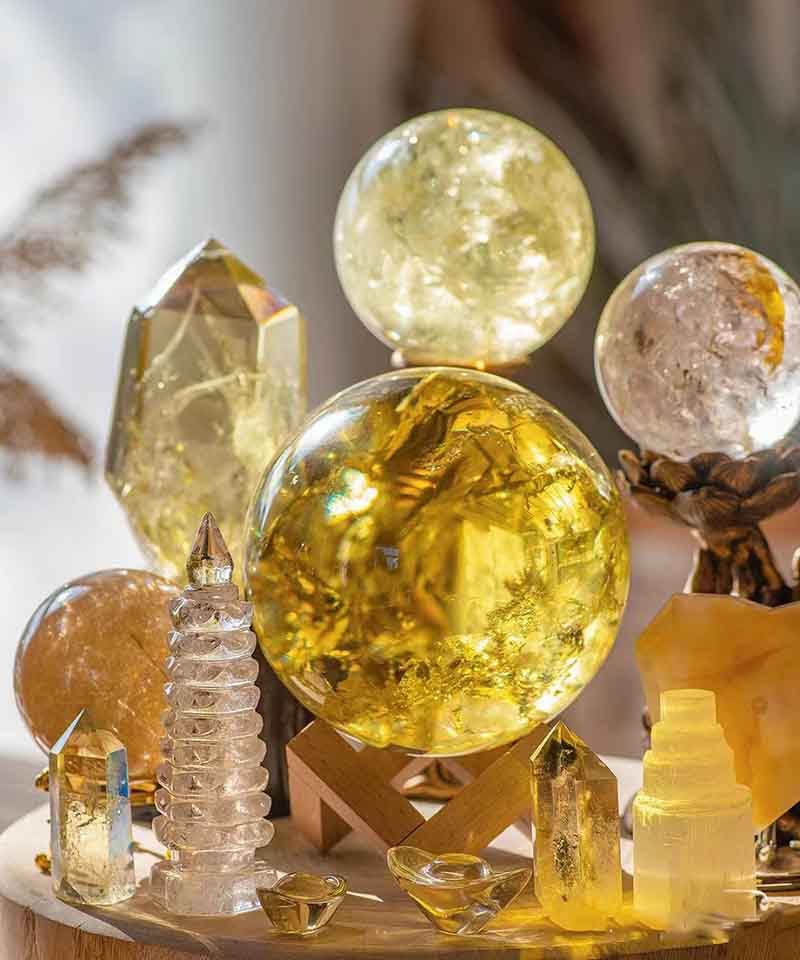
Not all crystals are cheap and large, for ordinary gemstones, the higher the clarity, the higher the value.
In the world of crystals, in addition to clarity, whether the inclusions are beautiful and rare will also have a significant impact on the value of the crystal.
Can’t tell the difference between crystal varieties?
In today’s article, we will give you an inventory of what exactly are the varieties of the crystal family!
By the way, there are a variety of crystal varieties, exactly how to divide?
According to the color division
White Crystal:

White crystals, also known as colorless crystals, are colorless and transparent single-crystal quartz, and are the most common crystal variety on the market.
Ordinary white crystals are of no value, and those of high purity are preferred.
However, when other inclusions are encapsulated in it, its appearance and value change.See “By Inclusion” below for more information on this variety.
Citrine:
The most common colors of citrine are light yellow, golden yellow, tawny, and orange.
The cause of the color may be related to the presence of iron in pairs in the crystal.
Nature’s citrine output is relatively small, often with amethyst and crystal clusters.
Most brightly colored citrine on the market is made from amethyst or synthetic citrine.


Pink crystal:
Pink crystals, also known as hibiscus stones, can be pinkish-white, light pink to pinkish-red or pinkish-purple in color. It is colored by traces of Mn and Ti in its composition.
In some cases, hibiscus may contain tiny needle-like rutile inclusions arranged parallel. When polished into a curved stone or sphere, it can show asterism.
Pink crystals are also somewhat less stable in color, fading with heat and fading with prolonged exposure to the sun.
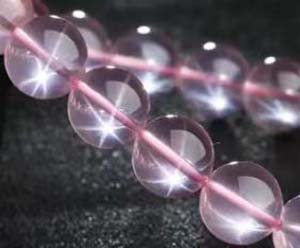
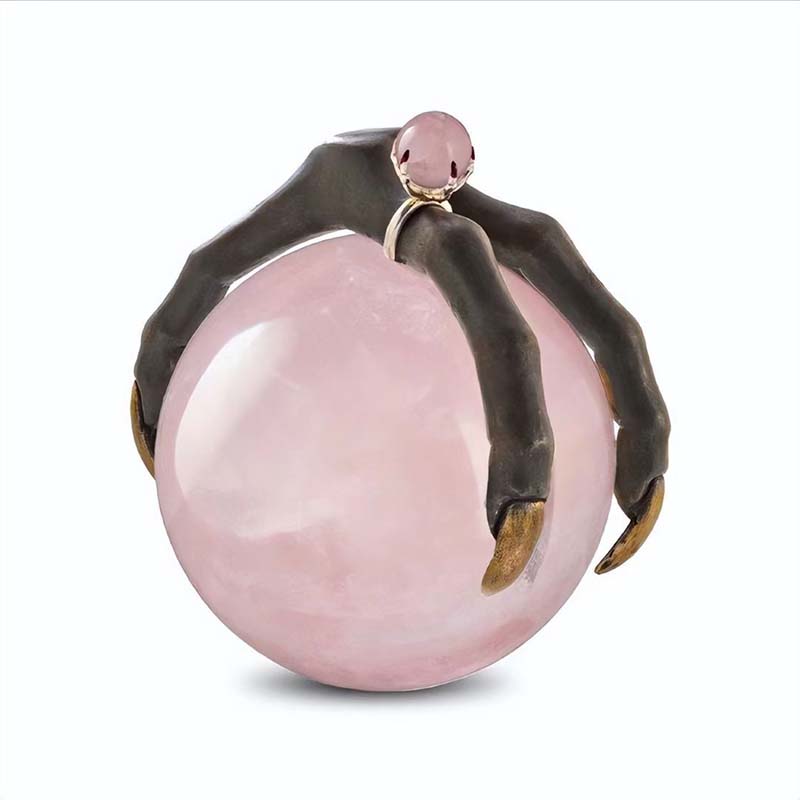
Amethyst:
Amethyst, the transparent to translucent purple crystal.
Amethysts vary in color saturation from deep to light. The highest quality amethysts are one of the most jeweled and popular crystal varieties.
Amethyst contains traces of iron, which is the key to its color.


However, it is important to note that amethyst’s color core will be damaged and discolored when heated or exposed to sunlight.

Tea Crystals:
Tea crystals, also known as smoke crystals, refer to clear crystals that are smoke, teal, or brown in color.
When the color is darker, dark brown to black, it is called ink crystals.
Natural tea crystals are mostly light brown, and dark brown smoke crystals are usually formed by irradiating colorless or light brown crystals.
Light brown tea crystals can become white crystals when heated.
Amethyst (purple citrine)
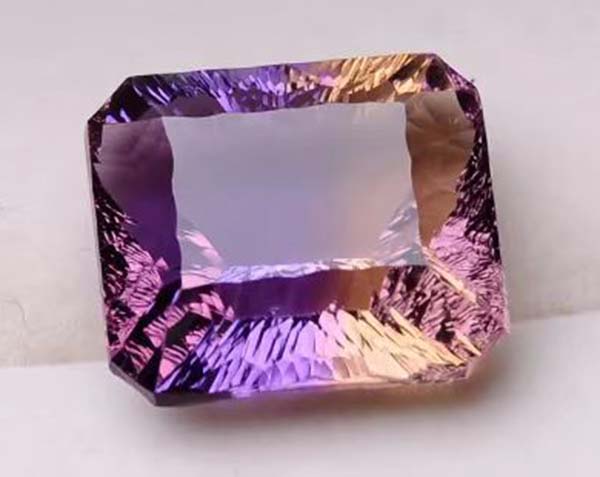
Amethyst is a purple and yellow coexist in the same crystal on the two-color crystal.
Purple and yellow occupy separate parts of the crystal, and there is a clear line where the two colors meet.
Some studies believe that the two colors of natural amethyst is due to the double crystal.
The popular cheap bowl of amethyst in the market for amethyst cover half of the product of heat treatment.
Green crystal:
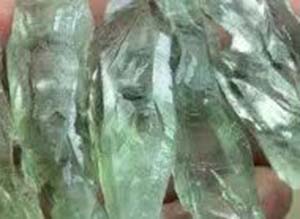
Pale green, yellowish green crystal, usually called green crystal, due to its color and divalent iron related.
The color is related to divalent iron. Natural green crystals are rare in nature, and almost none exist on the market.
Most green crystals are an intermediate product of heating amethyst into citrine.
By inclusions
Ghost Crystals:
Ghost crystals are white crystals with inclusions of mudstone and other minerals. When faceted, ghost crystals that form a special view are called phantom crystals or phantom crystals.
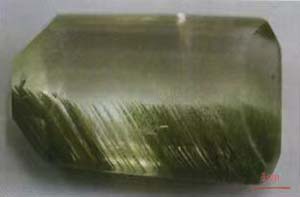
During the rapid growth of a crystal, the rejection of foreign impurities on the crystal surface is gradually weakened.
This makes it easier for foreign impurities to grow on mirrors and form inclusions.
Phantom crystals are formed when crystal inclusions grown from supersaturated solutions form large crystals similar in shape to the initial small crystals.
Phantom crystals are the result of a combination of material inclusions and immaterial inclusions (growth lines).
There are different varieties of phantom crystals depending on the color of the inclusions.
The most valuable crystal in history is the “Green Ghost” crystal, which contains chlorite.
When the color of the contained volcanic clay changes, there are also white, red, pink, yellow, and purple ghosts.
In addition to green ghosts, “four seasons ghosts,” which contain white, yellow, green, and red ghosts in the same crystal, are also highly valued.

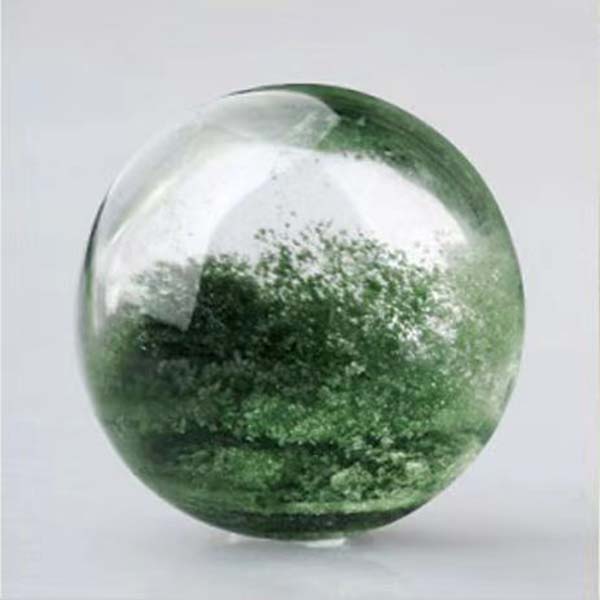
Hair crystal:
Containing needle-like, fibrous rutile, tourmaline and actinolite inclusions to form hair crystals.
In colorless, transparent crystals, there are needle-like, hair-like or fibrous mineral inclusions.

Because the shape of these inclusions resembles human hair, they are called hair crystals.
There are gold, red, green, black, and silver color points in the hair crystal. There are different varieties of hair crystals on the market according to their color: gold, red copper, black, green, etc.
This description is relatively simple, clear, and easy to understand based on color to hair crystal classification. But this call tends to market habits.
Class division, among the more professional methods, should be based on the mineral composition of the hair.
Rutile hair crystal: hair for rutile, often bundled silk, radial silk distribution. There are golden yellow, light yellow, tawny etc.
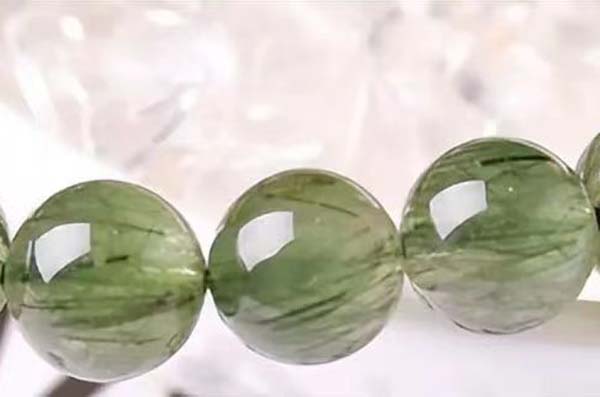

Actinolite hair crystals: hair green – dark green (observed under a large 10 times the mirror, the hair is flattened long plate, which is distinguished from tourmaline hair crystals).

Tourmaline hair crystal: common black, green; hair composition is tourmaline (characteristics: magnified observation, the cross-section of the hair in a curved triangle), more common on the market.
The hair strands of limitrite crystal are red, maroon in color.
Blue Hair Crystal: Hair filaments are natural bluish thread stone inclusions, showing a dreamy blue color.
However, the hair filaments of most bluish thread stones are not particularly long.
There are also dyed blue hair crystals on the market, so be careful to distinguish between them.
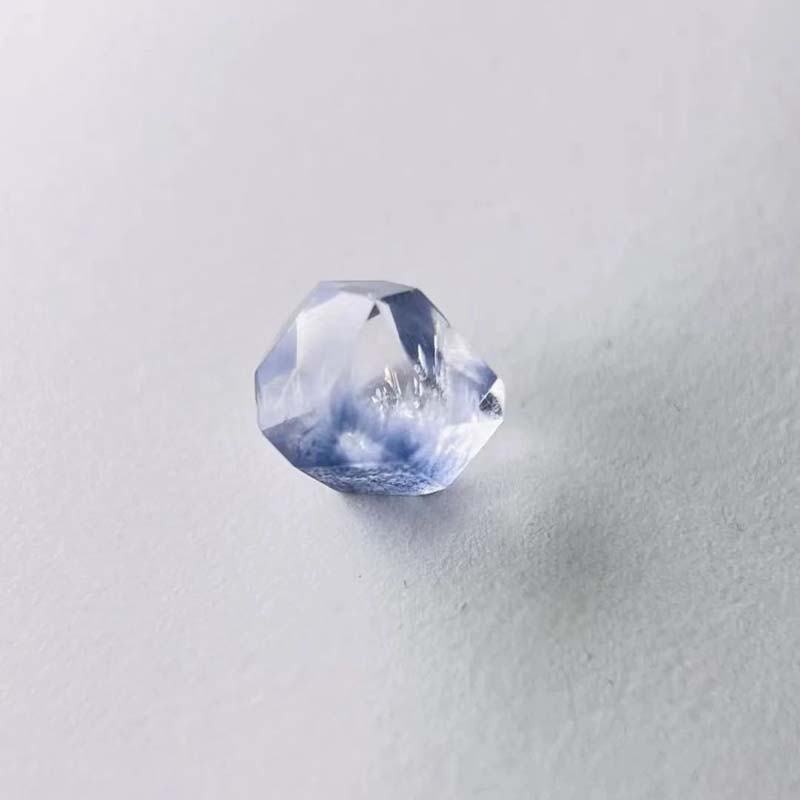
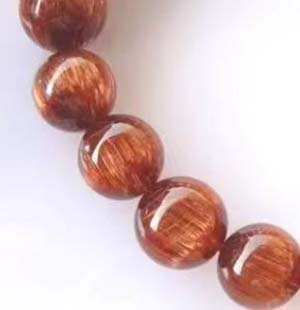
Titanium Crystal:
When the needle minerals in the hair crystal dense into a plate-like, called “titanium crystal”, the titanium crystal value is higher than the hair crystal.
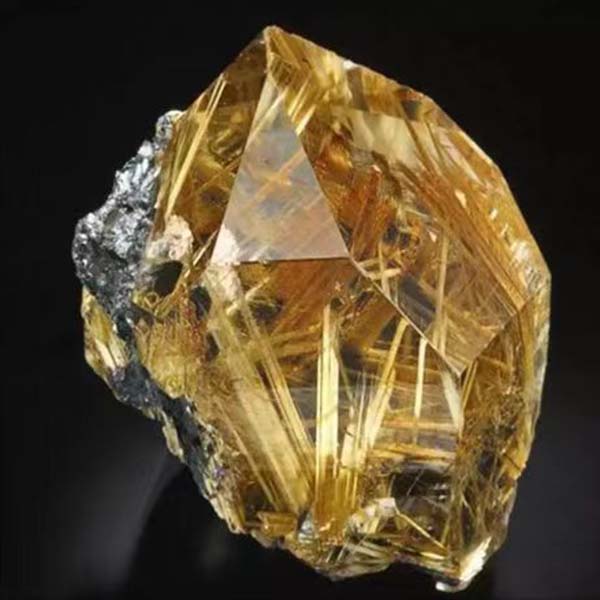
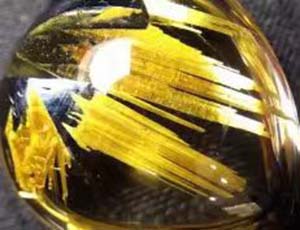
Rabbit Hair:
When the needle-like, filament-like or fiber-like mineral inclusions in the crystal is very thin, dense. Shaped like fine hair strands softly twisted
When, more like animals’ soft hair, is figuratively called “rabbit hair crystal”.
According to the different mineral composition, Rabbit hair crystals come in white rabbit hair, green rabbit hair, red rabbit hair, yellow rabbit hair, gray rabbit hair, and others.


Gum Flower:
Gumdrop crystals are formed when volcanic magma from the environment trickles into the fissures where the crystals develop during the crystal formation process.
The common colors of gum blossom crystals are brown, maroon, tawny, and yellow.
The varieties are generally categorized as yellow gum blossom and red gum blossom.
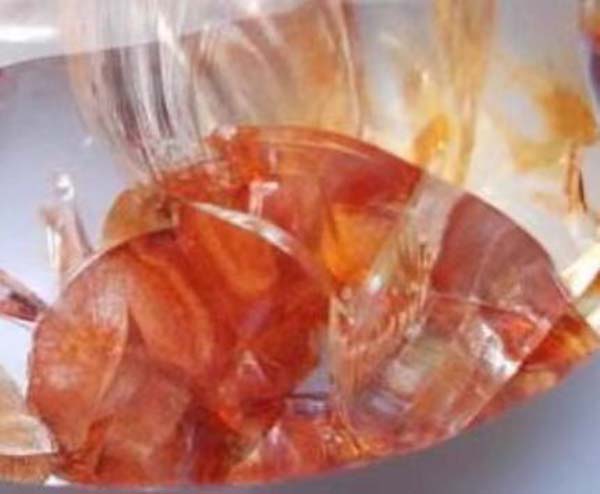

Because the color distribution of the pouring flower crystal has different forms, it often presents some wonderful patterns and sights.
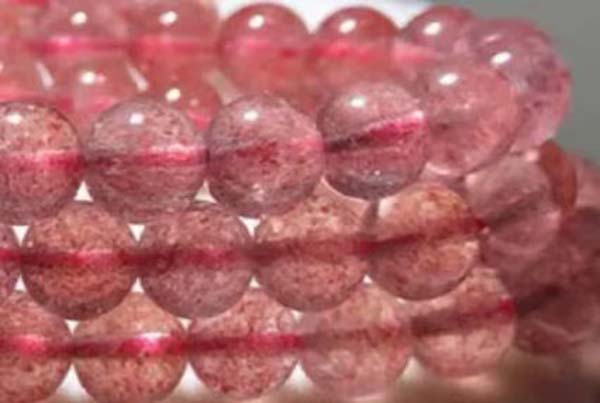
Strawberry Crystal:
When the white crystal contains dense scaly, needle-like, sometimes “beetle legs” inclusions of hematite, ferrite and other iron oxide minerals.
It is an elegant pink, brownish-red, or bright red color, known as strawberry crystals.
Rainbow crystals:
Some crystals with fissure development can also show bright halo colors, forming rainbow crystals.
This is due to the presence of tiny internal bubbles, or liquids that fill the crystal clefts.
When light hits the bubbles or the liquid in the clefts, it interferes and creates a rainbow.

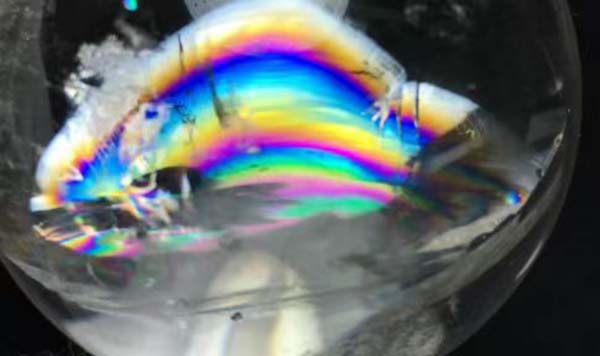
Water gall bladder crystals, oil gall bladder crystals:
Crystals that contain liquid inclusions inside a clear crystal are called “water gall bladder crystals” or “oil gall bladder crystals”.

Water gall bladder crystals are formed when the crystal grows and captures a rock-forming mineralizing solution, commonly found in magmatic hydrothermal deposits.
According to the state of the water gall bladder, water gall bladder crystals can be categorized into liquid phase and water gall bladder crystals (pure liquid inside).
Gas-liquid biphasic water gall bladder crystal (water gall bladder with gas and liquid inside).
Liquid-solid dual-phase water gall bladder (water gall bladder with liquid inside solid inclusions) crystal.

For crystals in which the liquid inclusions inside the crystal appear as yellow oil drops and the solid inclusions appear as small black pieces. We call them oil gall bladder crystals.
Oil gall crystals are more commonly known from Pakistan, but their origin is far from limited.
But in fact, oil gall crystal origin is far from limited to this place. Merchants generally love to take the Pakistan origin out of the introduction.
In terms of value, oil gall bladder crystals are more valuable than water gall bladder crystals.
Crystal within a crystal:
When a crystal contains another crystal throughout or is completely encapsulated within it, this is a curious phenomenon we call “crystal within a crystal”.
Solid inclusions in the crystal can also contain garnet, fluorite, pyrite, solid asphalt etc.
Due to the different inclusions, the crystal internal scene is also different, some of the rarer crystals in the crystal in the market also has a certain collector’s value.

